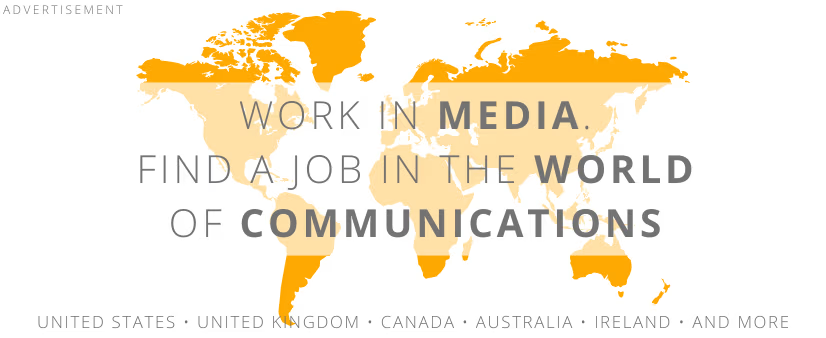The subject of his photographs was everyday life, scenes that seemed trivial or even boring - he wanted to capture the truth. In his photographs, he always sought universal values, regardless of whether he worked in Europe, India, China, Japan, Indonesia, Mexico, Canada, the USSR, or Cuba.
He did not pay much attention to technique. His works were devoid of any manipulation of the photographic image. Only intuition mattered, which led to the formulation of the famous theory of the "decisive moment." This theory suggested that there exists a single moment when the composition and expression of the frame are right, and the photographer must be able to capture it. Many contemporary photojournalists, influenced by this, began to work more "mobile," using small-format cameras.
"There is nothing in the world that does not have its decisive moment."
In 1947, Henri Cartier-Bresson, Robert Capa, and David Seymour founded the photography agency MAGNUM, which quickly became the most famous agency in the world, gathering the best photojournalists. It developed a unique ethical code for the profession of photojournalism, and Cartier-Bresson was an undisputed authority within it. He ultimately left the agency in 1966, and after 1972, he stopped photographing altogether.
The photographs of Henri Cartier-Bresson have been exhibited in the best museums and galleries, have repeatedly been published in album editions, and continue to inspire many followers to this day.
COMMERCIAL BREAK
New articles in section Press photography
How to Choose a Drone. What to Consider When Buying a Flying Camera
KF
Photography and filmmaking are industries where civilian drones are now most commonly used. The global market for flying cameras was worth $12.4 billion in 2023 and is expected to grow annually by 15.6%. How do you choose the right drone for yourself from this rapidly expanding market? Here are some tips.
Stock photography market. Report and forecasts by Mordor Intelligence
KFi
Demand is growing fastest in Asia, but America creates the most visual content. More often now, images come from algorithms, not cameras. The biggest players are investing in training artificial intelligence. Free platforms are boldly stepping out of the niche.
How to choose a gimbal. Things to consider before buying [GUIDE]
Krzysztof Fiedorek
Stable shots aren't just about aesthetics. They’re the foundation of credible and viewer-friendly content. A gimbal - a device designed for image stabilization - has become a must-have for anyone serious about filming. But how do you pick the right one? It’s only seemingly simple.
See articles on a similar topic:
Before You Buy a Used Camera
Janusz Wójtowicz
A guide for beginner photojournalists on how to choose the right equipment at the right price so that you don't regret it later.
Photographing Official Ceremonies
Janusz Wójtowicz
Photographing official events is closely tied to the "decisive moment." A photojournalist must be able to intuitively anticipate events so that at that very moment (and not a fraction of a second before or after), they can capture it in the frame.
Photography, My Hobby
Janusz Wójtowicz
An old saying goes that "a photo is taken by a person, not a camera." There is much truth in this, but it cannot be denied that the equipment significantly affects the quality of the photos we obtain.
Photographing Art
Janusz Wójtowicz
This is a field of photography that requires great sensitivity and a solid equipment background from the photographer. Photos are taken practically in the absence of light that allows for a proper shot.





























